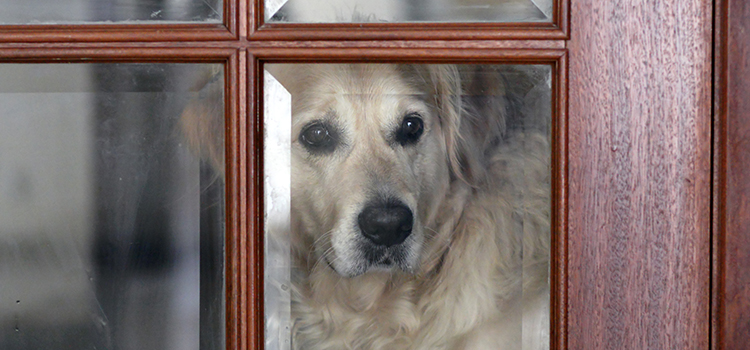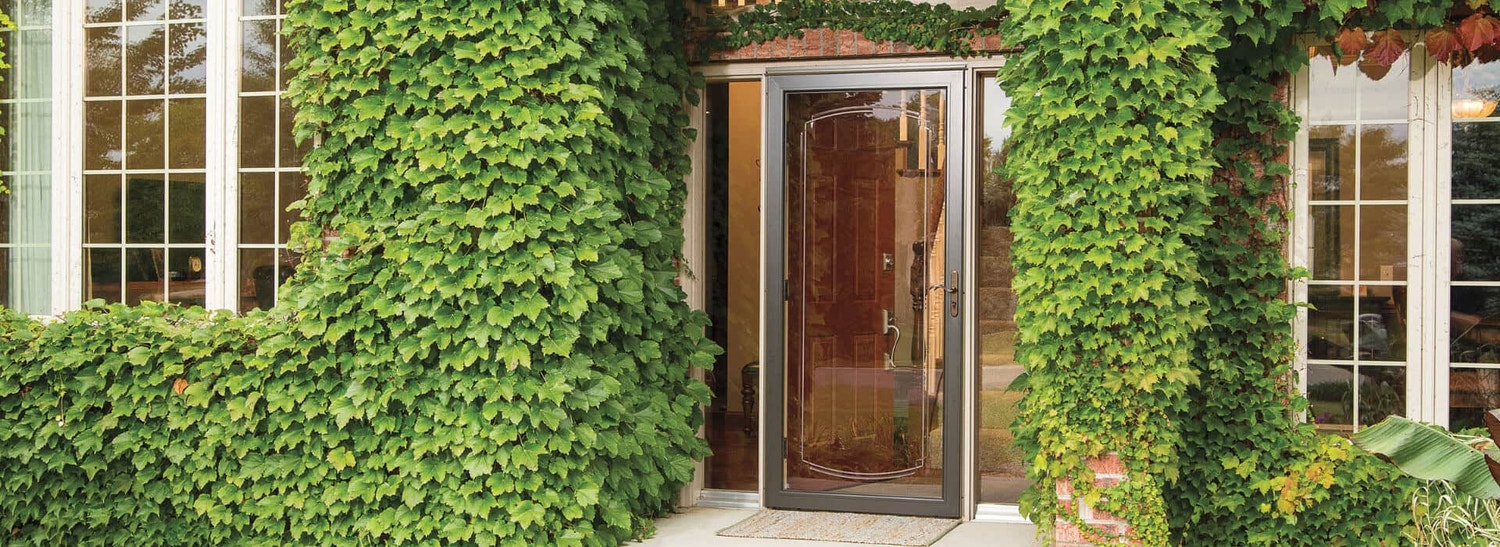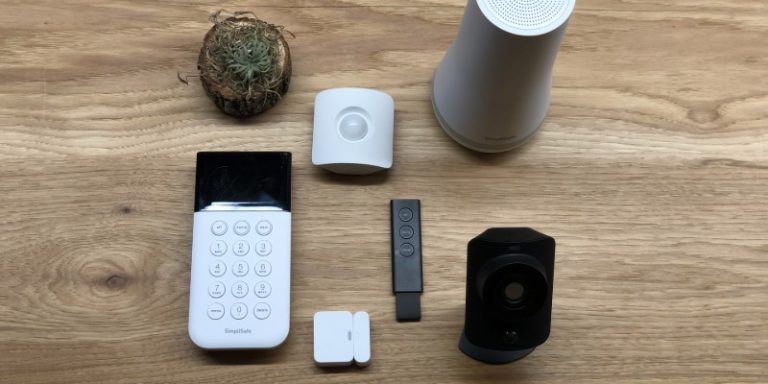
Burglars want to get in and out as quickly as possible, so if you want to be safe from burglars you need to do everything you can to make your home secure. There are plenty of ways to keep your home safe if you cannot afford a security system.
1. Change your routine.
Make it look like you're home all the time. This will make a thief think twice before breaking into your home. Try changing your routine by leaving for work at a different time or varying the times when you run errands. Small changes like this make it more difficult for a thief to pinpoint your movement, so this is one of the top ways you can burglar-proof your home without spending a dime!
2. Your windows and doorways should be locked.
Burglary prevention council reports that 23% of all home break-ins happen through windows on the first floor. You should lock up your windows and doors. To keep burglars at bay, you can add a deadbolt and padlock. You can even install window alarms to sound when a person enters your home through an opened window.

3. Install security glass film.
Installing security glass films on windows within 40 inches from the door will prevent thieves from opening the home. Remove any garbage cans or other items that might help a thief to climb up your home.
4. Hiding your valuables
If you have expensive electronics and jewelry on display, you're likely to be targeted by criminals. It's a good idea to hide your belongings in places where a thief wouldn't be able to see them, like behind a desk or in a closet.
5. Maintain your home in tip-top shape.
Many homeowners have a habit of leaving their homes in poor condition. Smoke alarms with outdated batteries, tripping dangers, and burning out lightbulbs all pose safety concerns that could encourage a burglar into your home.
6. Your garage and gates should be locked.
The garage is a convenient access point to your home and should be secure. If you haven’t done so already, upgrade the locks on your gate and garage door to stronger, more secure ones. You can also opt for a keyless garage door lock. Installing a keyless smartlock that lets you control the door via your smartphone is another option.

7. Keep your keys in a safe place.
If you leave them on display it could be a sign that someone is not home. A burglar may then have the chance to get in. Hide your keys in a lockbox mounted on the wall for extra security.
8. Don't smoke indoors.
Smoke from cigarettes can be a dangerous odor, as it can start fires inside the house. A smart smoke detector can help stop a fire before it starts. You can even install a sensor that sounds an alarm when cigarette smoke is detected in the home, helping you escape a fire or alert the police.
FAQ
What is the distinction between surveillance cameras and security cameras?
Surveillance cameras may be used to monitor, but security cameras can also be used to protect.
Each camera has its advantages and disadvantages. The main difference between them is the type of images they capture. Surveillance cameras record video with slow motion so that you can view what's happening right now. On the other hand, security cameras only record video and still pictures, which is saved to review later.
Do motion sensors have alarms
The popularity of motion sensor alarms has increased over the years due to rising thefts and break ins. These devices can be too costly and do not work well inside cabinets. If you are looking to protect your home from potential intruders, a motion sensor alarm system might be worth considering.
What price should I pay to have alarm monitoring?
Alarm monitoring prices can vary depending upon how often it is to be monitored, what type of equipment you need, as well as whether you are looking at an annual or one-time fee.
Which home security system is better? Home security cameras or security systems?
Home security systems are better than home security camera because they can detect movement and sounds even if nobody is in the room. Home security cameras, on the other hand, are more affordable than home security systems and can be easily mounted on windows or doors.
Which home security systems has the greatest number of features?
Ring Video Doorbell Pro is the best home security system that we reviewed. You can view who is at your doors, talk to them over your phone and record video. It comes with a cloud storage service that allows you to save all recordings.
Do I really want a home alarm?
Home security systems are essential if you have a home. The possibility of a burglar entering your house at any time is possible. They'll steal everything, even valuable electronics. They can even take everything if your doors are unlocked.
A home security system can protect your home by sending alerts to you when anything happens. This includes monitoring motion, sending you alerts to mobile devices, recording activity, as well as allowing access to recorded footage.
You can use a DIY camera to replace a costly home security system. These cameras allow you to see who is at your front door and notify you when they are entering or leaving. They won't stop burglars from entering your home.
What is the best system for home surveillance?
You should invest in a home security system that includes cameras to protect your family and property from potential criminals. These systems can be used by both homeowners and renters easily and offer many benefits. You can monitor your property remotely using your smartphone or tablet, computer, and other mobile devices.
Statistics
- That's probably why Cove has a whopping 98%* customer retention rate. (safewise.com)
- Most home security companies will charge you around 75% of the remaining term of your contract if you cancel early—and some require 100%.Related questionsWhat type of contract length can I expect from security providers?Home security system cancellation (safewise.com)
- (In my experience, the discount on my home insurance covered about 25 percent of the subscription of an average plan, but your mileage may vary depending on your location and the size of your home.) (theverge.com)
- Depending on your insurance, 24/7 professional monitoring may qualify you for as much as 15% off your premium. (safewise.com)
External Links
How To
How to Install Outdoor Motion Lights
How to install outdoor lighting
The first step to installing outdoor lighting is selecting the right light fixture type. Next, determine the location of your lighting fixtures. Then comes the actual wiring of the system. The last step is to mount your lighting fixtures.
Outdoor motion lights are used to illuminate pathways, driveways, walkways, sidewalks, patios, steps, stairs, decks, porches, gardens, pools, fountains, ponds, water features, trees, shrubs, flowers, bushes, lawns, and grassy areas. You can find them in many shapes, sizes, colors, and styles. You can find a variety of types, including floodlights or spotlights, pendants or downlights as well as track lights, track and recessed lights, wall lights, ceiling fans, wall lights, chandeliers and wall sconces.
There are three main types of motion lights: hardwired, wired and battery-powered. Hardwired systems utilize wires that are connected directly from power sources to fixtures. Wireless systems use radio waves for transmitting signals from one fixture into another. To operate fixtures, battery-powered systems require batteries.
Hardwired systems are typically installed by electricians. An electrician should be able to wire outdoor motion lights if you are looking to hire one. Otherwise, you should consider hiring someone who specializes in installing these kinds of systems.
Wireless systems are usually easier to set up than hardwired. There are no cables to run through walls or ceilings. You must decide which type of wireless technology you prefer before you purchase a wireless device. There are two types of wireless technology: radio frequency (RF) and infrared. IR systems must have line of sight between receiver and transmitter. RF systems allow for some degree of obstruction because they can bounce off objects such as walls and furniture.
You will need to choose the right controller for your wireless system before you buy it. Many outdoor motion lights have built-in controllers. However, if you would prefer to control the outdoor lights by yourself, you will need a wired remote or handheld remote. Wired remotes are connected to the fixtures with cables. Handheld remotes look just like flashlights. You can operate them by pressing buttons on their bodies.
Battery-powered systems are easy to install. Plugging them into an outlet is all that's required. To prevent the lights from turning on when there's no motion, most models have sensors that detect movement. The lights will turn on automatically if there's any movement near the sensor.
Timers are available on most outdoor motion lights. These help you save energy by switching the lights on at night and off during the day. Timers generally range from 10 minutes to 24 hours.
It's tempting to spend more on expensive outdoor motion lights. But unless you really need a specific feature, it's not worth spending extra money. A simple LED spotlight will do just fine. It is inexpensive and will provide sufficient illumination.
The Best Home Security System. Over the past few years, home security has seen tremendous growth. This is due to technological advancements and increased public awareness on crime prevention. Today, homeowners have many options for selecting a home security system.